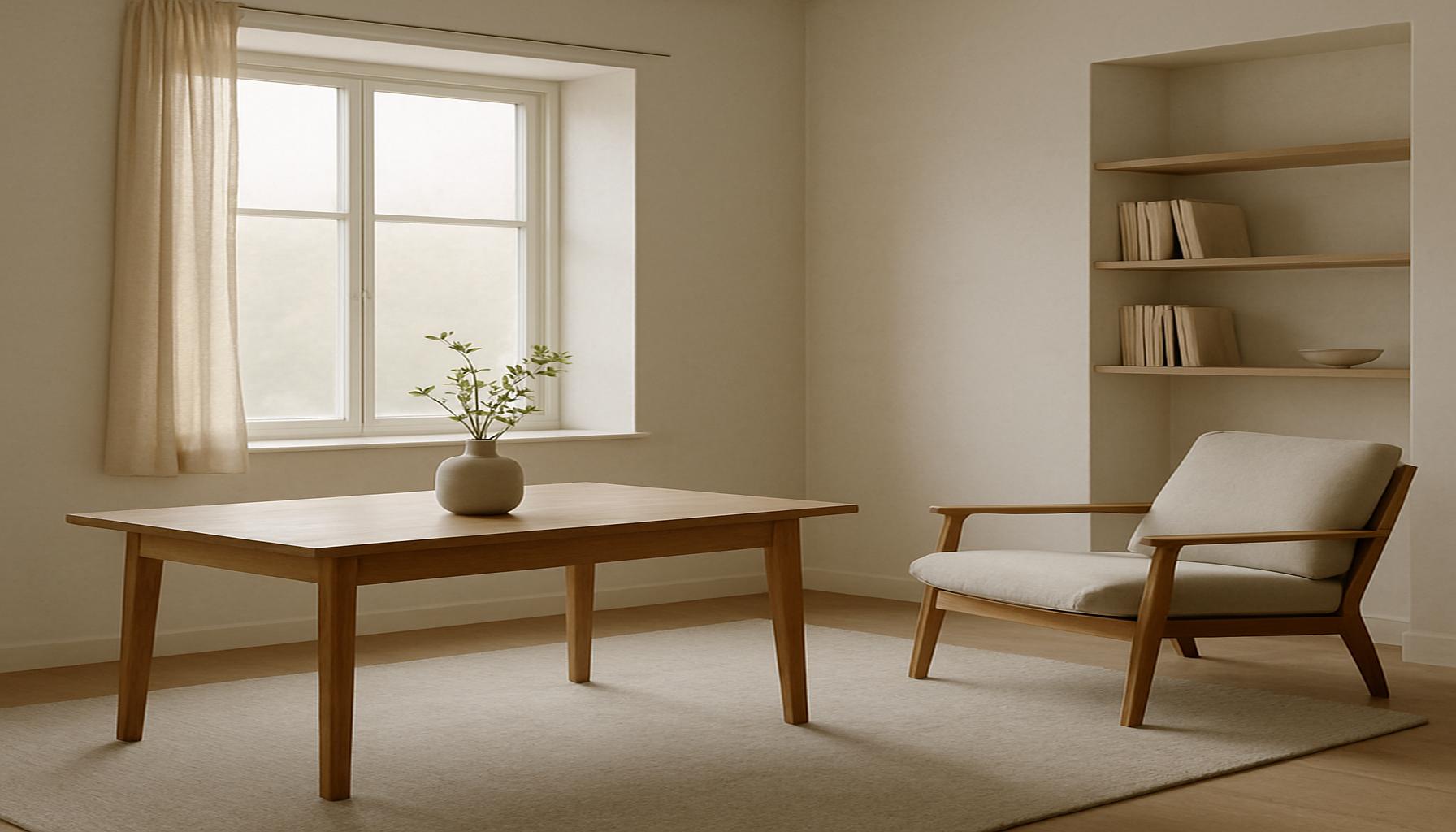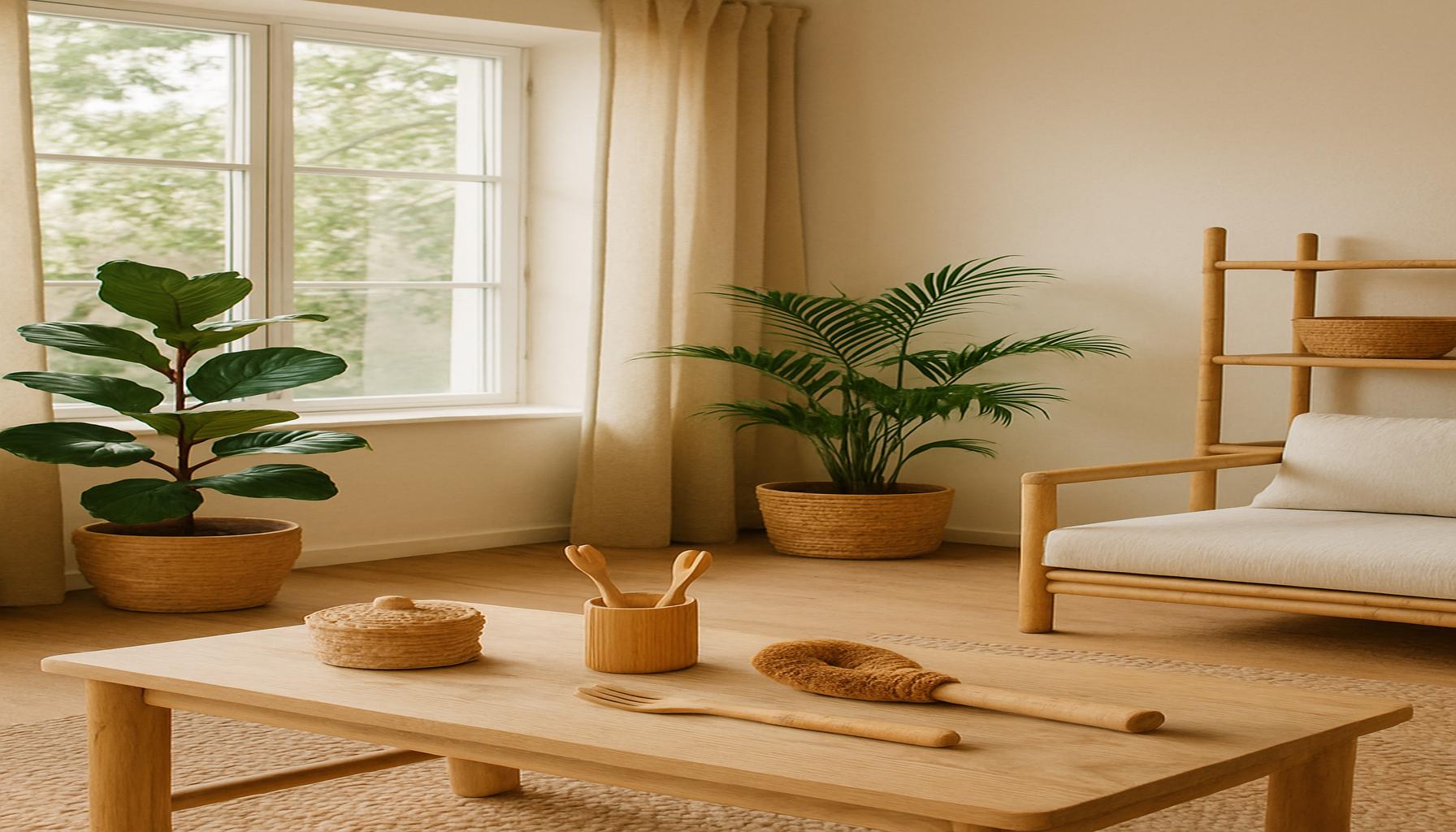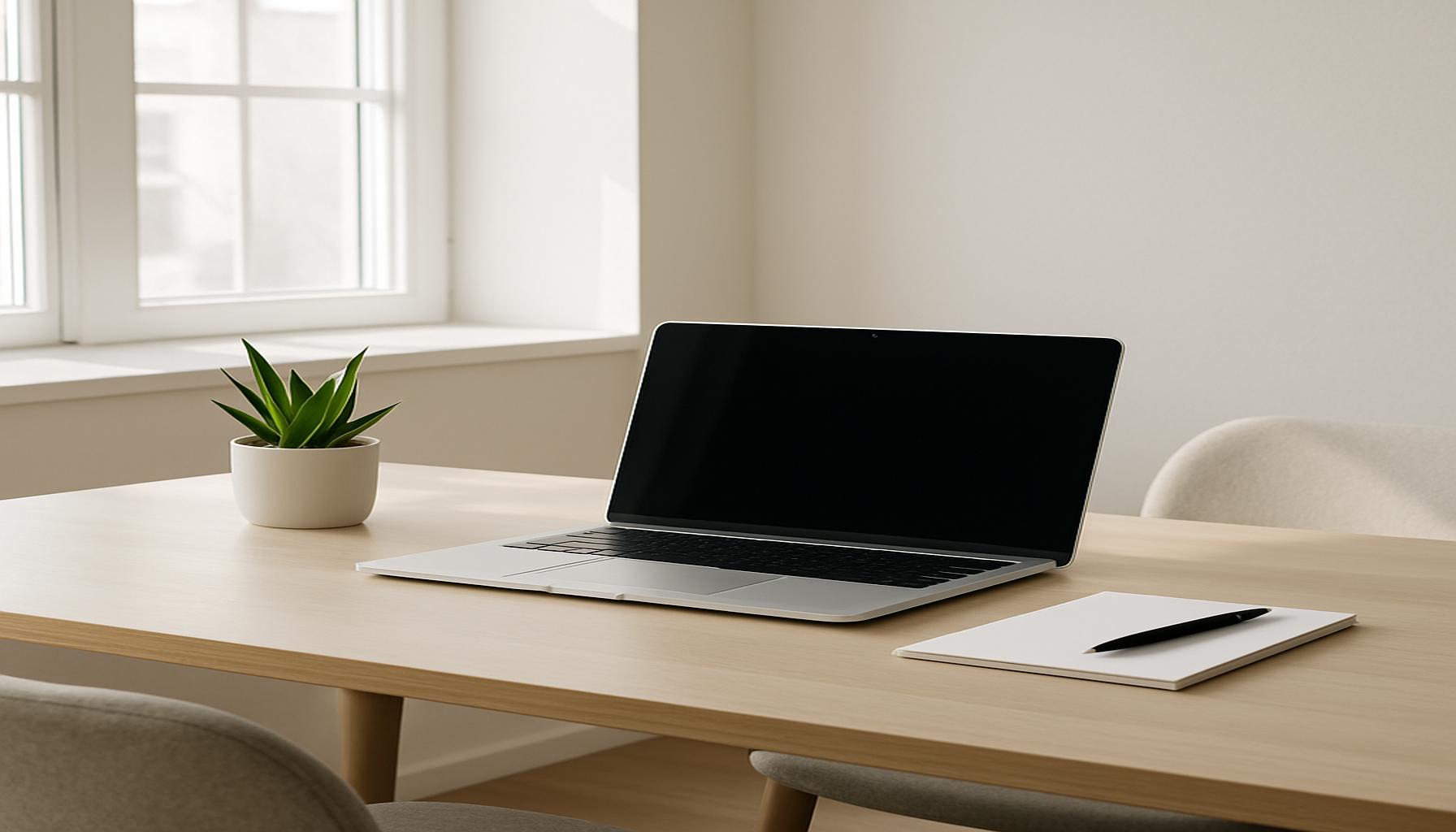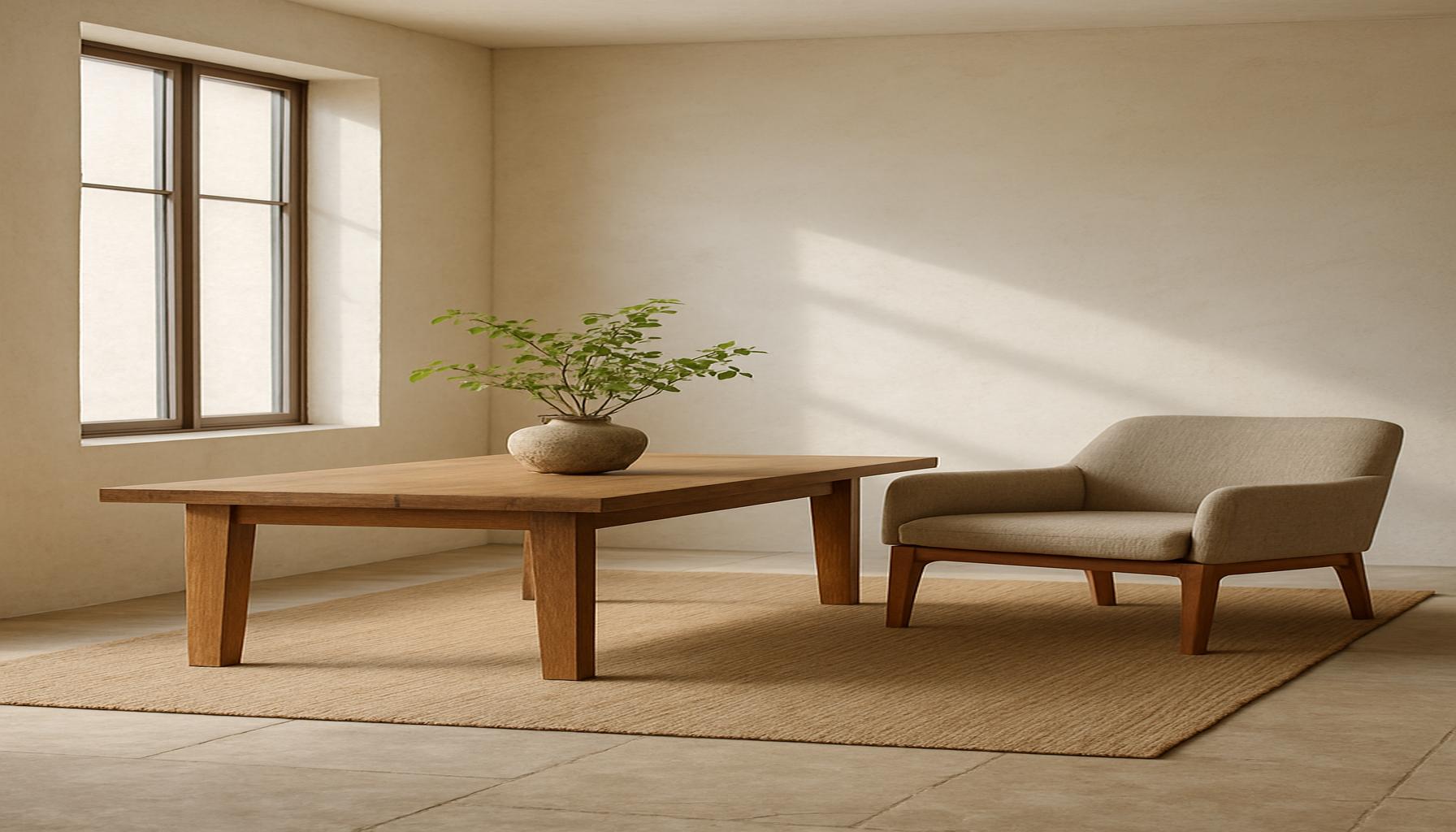Simplifying Stress: Minimalism Techniques for a Quieter Life

Understanding Minimalism Techniques
In a society driven by consumerism and constant connectivity, the art of simplicity, or minimalism, emerges as a beacon of hope for those feeling ensnared by their possessions and obligations. Embracing minimalism involves more than just ridding oneself of excess belongings; it’s a conscious lifestyle choice aimed at enhancing overall well-being. By focusing on the essentials, individuals can pave the way towards a more tranquil existence.
Decluttering: The First Step to Serenity
Decluttering is often the most visible and immediate form of minimalism practiced. Studies indicate that an organized environment can lead to increased productivity and reduced anxiety. For many Americans, tackling clutter can feel daunting, but it’s essential to remember that it doesn’t require a complete overhaul overnight. Start small: choose one room, or even one drawer, and selectively remove items that no longer serve a purpose or bring joy. For instance, consider donating clothes that haven’t been worn in the last year, or recycling outdated electronics. This process not only frees up physical space but also fosters a sense of accomplishment and calm.
Digital Minimalism: Simplifying the Virtual World
In our hyper-connected age, digital minimalism has emerged as a vital practice. With the average American spending over 11 hours a day interacting with media, it’s no wonder many feel overwhelmed. Digital minimalism encourages reducing screen time and prioritizing meaningful online interactions. This can involve strategies like setting specific times for checking emails or social media, uninstalling distracting apps, or even designating tech-free zones within the home. By reclaiming time previously lost to incessant scrolling, individuals can cultivate more in-person relationships and dedicate themselves to hobbies that nurture their souls.
Mindfulness Practices: Anchoring the Mind
The journey towards minimalism extends to the mind through mindfulness practices. These techniques, including meditation and reflective journaling, help individuals ground themselves in the present. Engaging in mindfulness can significantly alleviate stress and anxiety, particularly in moments of chaos. For example, taking a few moments daily to meditate or practice deep breathing can foster clarity, leading to better decision-making and improved emotional health. As little as five minutes a day can transform one’s perspective and promote a sense of peace amid life’s unavoidable chaos.
By integrating these minimalism techniques into daily life, individuals are positioned to cultivate a sense of sanctuary both at home and within. The journey may require patience and persistence, but the rewards—a more manageable lifestyle, improved mental health, and a deeper appreciation for life’s simple pleasures—are well worth the effort. As we continue to explore practical tips in this series, be prepared to transform your environment and mindset, leading you towards a more fulfilling, tranquil life.
DISCOVER MORE: Click here to unlock techniques for personal organization
Embracing Minimalism: A Pathway to a Stress-Free Existence
As individuals increasingly grapple with overwhelming responsibilities and an avalanche of possessions, embracing minimalism can serve as an antidote to the chaos of modern life. This lifestyle promotes not only the physical decluttering of one’s surroundings but also encourages mental clarity and emotional stability. The first step in this transformative journey lies in understanding how minimalism can be implemented across various facets of daily living.
The Benefits of a Minimalist Lifestyle
Adopting minimalism can lead to numerous benefits that transcend mere aesthetics. Research asserts that simplifying life can significantly reduce stress levels, improve focus, and even enhance overall emotional well-being. Below are some compelling advantages associated with minimalism:
- Enhanced Clarity: Fewer possessions lead to less distraction, allowing for clearer thinking and decision-making.
- Increased Productivity: An organized space can boost productivity by minimizing time spent searching for items.
- Financial Freedom: Buying less often translates to saving more, allowing for financial security and mindful spending.
- Greater Emotional Resilience: Cutting ties with excess belongings can pave the way for healthier emotional habits and stress management.
- Improved Relationships: Relationships can flourish when time and energy are dedicated to meaningful connections rather than material possessions.
Creating a Minimalist Home Environment
One of the most impactful ways to implement minimalism is through the home environment. An organized and intentionally curated space promotes tranquility and reduces anxiety. To create a minimalist home, consider the following strategies:
- Evaluate Each Item: For every item in your home, ask yourself if it serves a purpose or brings joy. If the answer is no, consider letting it go.
- Establish a “One In, One Out” Rule: For every new item brought into your home, commit to removing an existing one. This rule keeps possessions in check.
- Designate Specific Spaces: Assign homes for items and ensure they return to their designated spot after use. This helps maintain order and clarity.
- Opt for Multi-Functional Furniture: Embrace practicality by selecting furniture that serves multiple purposes, like a sofa bed or an ottoman with storage.
The journey toward a minimalist home doesn’t have to be rapid; approach it with intentionality and patience. Each small step will cultivate a serene atmosphere that nurtures a quieter life.
Seize the opportunity to reimagine your living space as you embark on this journey. With each decluttered corner, you’ll find peace amid the disarray of life, allowing the essence of minimalism to empower your quest for tranquility.
Embracing Less: The Power of Minimalism
As society rushes forward in a relentless race to accumulate more—more belongings, more responsibilities, and more noise—many are recognizing the *transformative power of minimalism*. This approach encourages individuals to intentionally remove distractions and declutter their lives, resulting in a serene and focused existence. But it’s not just about physical possessions; it extends into the mental space we inhabit. Minimalism can significantly reduce stress by allowing us to prioritize what truly matters, fostering a deeper appreciation for experiences over objects. For instance, when we minimize our commitments, we create room for meaningful connections, whether through spending quality time with loved ones or engaging in hobbies that nurture our passions. In this way, minimalism becomes a lifestyle choice that empowers individuals to regain control over their time and emotional well-being.Additionally, the principles of minimalism encourage mindful consumption. By focusing on quality over quantity, one can select items and experiences that genuinely contribute to happiness rather than perpetuating a cycle of dissatisfaction. Each mindful purchase not only leads to a more intentional life but also less financial strain and reduced anxiety over material possessions.
The Benefits of a Minimalist Lifestyle
The practice of minimalism is also linked to enhanced productivity and creativity. By removing unnecessary clutter—both physical and mental—we can cultivate an environment that fosters clarity and innovation. Studies have shown that a decluttered workspace can lead to improved focus and reduced cognitive overload. As distractions fade away, creativity tends to flourish, allowing individuals to harness their potential more effectively.Moreover, adopting minimalism has environmental benefits. By consuming less, we contribute to a reduction in waste and resource depletion, creating a more sustainable world. This connection to environmental stewardship can also bring a sense of purpose and fulfillment, aligning personal values with positive societal impact.As more individuals and families explore the path to a quieter life through minimalism, they uncover new methods of coping with stress and embracing a joyful existence. The journey toward embracing less may be challenging, but the serenity and clarity it brings are unparalleled. To assist in this exploration, consider examining various minimalism techniques, from digital decluttering to mindful purchasing practices, which offer a foundation for a more tranquil life.
DISCOVER MORE: Click here to simplify your digital life
Minimalism Beyond the Home: Simplifying Everyday Practices
While cultivating a minimalist home environment is essential, extending minimalism into everyday practices can significantly further enhance mental and emotional well-being. By streamlining daily activities, we can reduce stressors and focus on what truly matters in our lives. Here are practical techniques to embrace minimalism in various everyday aspects:
Streamlining Digital Spaces
In our hyper-connected world, digital clutter often weighs heavily on our minds. From overflowing inboxes to a disorganized digital file system, excessive virtual possessions can contribute to stress. Here are steps to declutter your digital life:
- Unsubscribe and Organize: Regularly unsubscribe from unnecessary email lists and categorize your emails into folders. This practice prevents unnecessary distractions and allows for more effective email management.
- Utilize Cloud Storage: Shift to cloud services for document storage, using clear labels and categories. This minimizes physical copies and helps in maintaining order.
- Limit Social Media Use: Set boundaries on social media consumption. Try designating specific times for checking platforms and unfollow accounts that do not add value or positivity to your life.
Adam Alter, a New York Times best-selling author, discusses in his book “Irresistible” how our digital world can create a cycle of distraction that feeds into anxiety. By prioritizing a streamlined digital environment, we can reclaim our time and mental clarity.
Practicing Mindful Consumption
Minimalism can also profoundly influence our consumption habits. With a focus on intentionality, it encourages individuals to differentiate between wants and needs. Here are effective strategies:
- Adopt a “Buy Nothing” Challenge: Consider committing to a month where you refrain from purchasing non-essential items. This challenge promotes self-reflection on consumption habits and leads to greater awareness of your needs.
- Practice Reflective Shopping: Before making a purchase, wait at least 24 hours. This buffer can often quell impulsive buying decisions and encourage more thoughtful purchases.
- Invest in Quality Over Quantity: Shift your mindset towards owning fewer, high-quality items that will last longer. This approach not only reduces clutter but also promotes sustainability.
By practicing mindful consumption, we cultivate a culture of appreciation for what we have rather than a constant chase for more.
Prioritizing Time Management
Minimalism isn’t just about physical and digital decluttering; it also extends to how we manage our time. Rigid schedules and packed calendars can lead to stress and burnout. Here are some minimalist time management strategies:
- Implement Time Blocking: Allocate specific time slots for tasks, ensuring each block focuses solely on one activity. This reduces multitasking and promotes efficiency.
- Learn to Say No: Establish your priorities and have the confidence to decline commitments that do not align with those priorities. This can lighten your load considerably.
- Schedule Downtime: Just as important as tasks, ensure you schedule breaks and leisure time to recharge. Unplugging can enhance productivity and creativity.
As you embrace these minimalist techniques in your time management, you’ll discover a renewed sense of control over your schedule, allowing for a quieter, more focused life.
Incorporating minimalism into various aspects of daily life—from digital decluttering to mindful consumption—can lead to a more fulfilling existence. It empowers individuals to concentrate on what is truly crucial, paving the way for reduced stress and anxiety in an increasingly complex world.
DISCOVER MORE: Click here to learn how to simplify your life
Conclusion: Embracing Minimalism for a Balanced Life
In a world that often equates busyness with productivity, embracing minimalism can serve as a refreshing antidote to stress and anxiety. By simplifying our surroundings, we not only create a more peaceful environment but also foster a mindset that prioritizes clarity and intention. Decluttering our homes, streamlining our digital habits, and practicing mindful consumption are essential steps that help us distinguish between what is truly essential and what is merely noise. These practices empower us to regain control over our lives, transforming chaos into calm.
Moreover, effective time management, rooted in minimalism, encourages us to appreciate the value of time as we schedule meaningful activities and prioritize personal well-being. The methods discussed—such as implementing time blocking and learning to say no—are instrumental in helping us reclaim precious moments that can be easily lost in the hustle of daily routines. By creating space for downtime, we not only enhance our productivity but also nourish our creativity.
The journey towards a quieter life is personal and evolves as we explore different minimalism techniques. As we adopt these practices, we can cultivate a culture of appreciation, where we recognize the richness embedded in simplicity. As Adam Alter emphasizes, in a society dominated by distractions, the pursuit of a minimalist lifestyle presents a profound opportunity to enhance our focus and mental clarity. As you embark on this transformative journey, consider taking gradual steps and reflect on how a simplified approach can lead to greater fulfillment and tranquility in your life.


